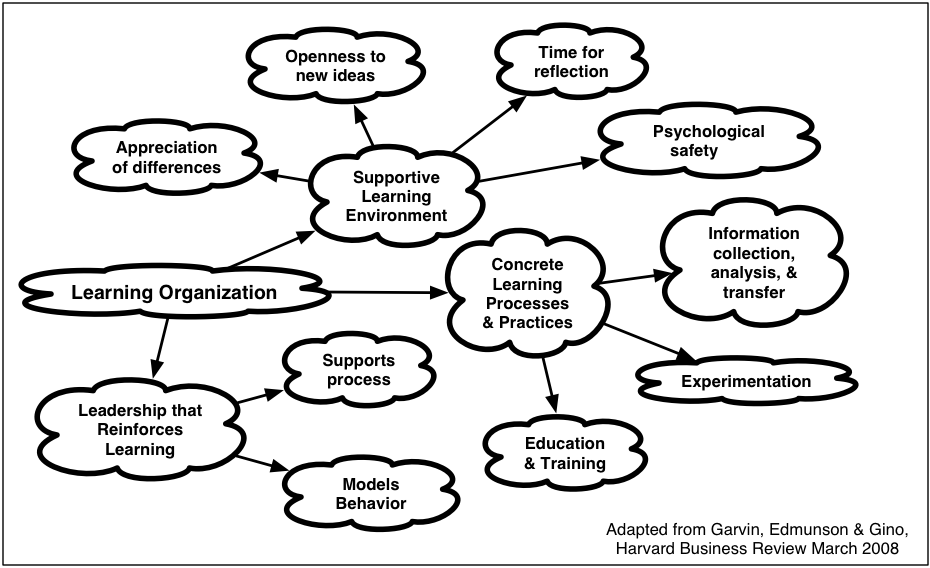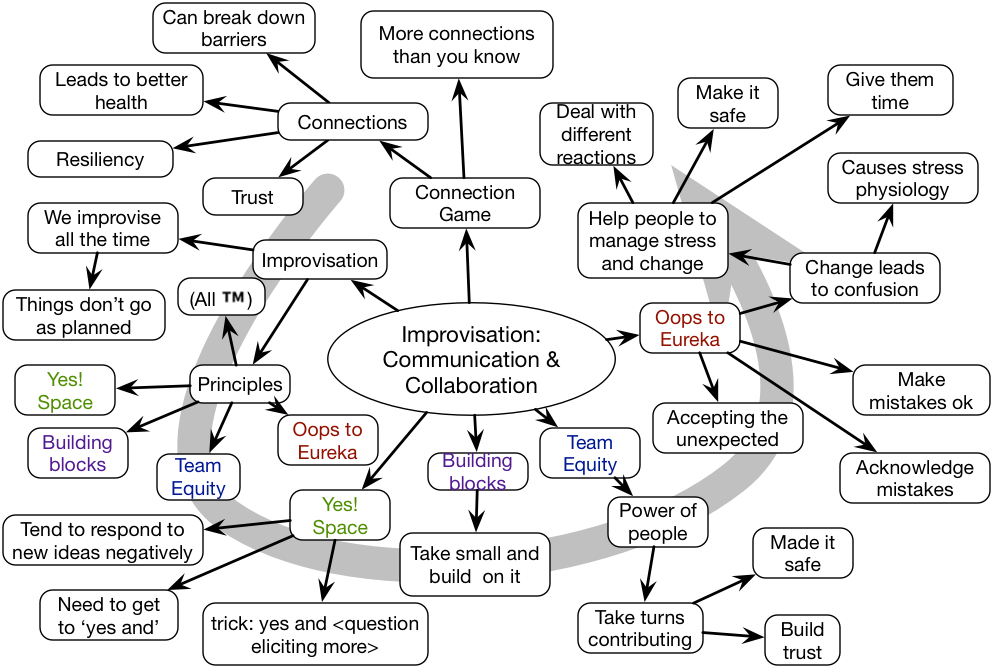A colleague recently asked (in general, not me specifically) whether there’s a role for LMS functions. Her query was about the value of having a place to see (recommended) courses, to track your development, etc. And that led me to ponder, and here’s my thinking:
My question is where to draw the line. Should you do social learning in the LMS version of that, or have a separate system? If using the LMS for social around courses (a good thing), how do you handle the handoff to the social tool used for teams and communities? It would seem to make sense to use the regular tool in the courses as well, to make it part of the habit.
Similarly, should you host non-course resources in the LMS or out in a portal (which is employee-focused, not siloed)? Maybe the courses also make more sense in the portal, tracked with xAPI? I think I’d like to track self-learning, via accessing videos and documents the same as I would formal learning with courses: I want to be able to correlate them with business to test the outputs of experiments in changes.
Again, how should I be handling signups for things? I handle signups for all sorts of things via tools like Eventbrite. Is asking to signup for a training, with a waiting list, different than other events such as a team party?
Now, for representing your learning, is that an LMS role, or an LRS dashboard, or…? From a broader perspective, is it talent management or performance management or…?
I’m not saying an LMS doesn’t make sense, but it seems like it’s a minor tool at best, not the central organizing function. I get that it’s not a learning management system, but a course management system, but is that the right metaphor? Do we want a learning tracking system instead, and is that what an LMS if or could be for?
When we start making a continuum between formal and informal learning, what’s the right suite of tools? I want to find courses and other things through a federated search of *all* resources. And I want to track many things besides course completions, because those courses should have real world-related assignments, so they’re tracked as work, not learning. Or both. And I want to track things that we’re developing through coaching, or continuing development through coaching and stretch assignments. Is that an LMS, or…?
I have no agenda to put the LMS out of business, as long as it makes sense in modern workplace learning. However, we want to use the right tool for the right job, and create an ecosystem that supports us doing the right thing. I don’t have an obvious answer, I’m just trying on a rethink (yes, thinking out loud ;), and wondering what your thoughts are. So, what is the right way to think about this? Do you see a uniquely valuable aggregation of services that makes sense? (And I may have to dig in deeper and think about the essential components and map them out, then we can determine what the right suites of functions are to fulfill those needs.)

 So, one of the first requirements was to have the necessary tools to explore. In the old days that could include means to navigate (chronograph, compass), ways to represent learnings/discoveries (map, journal), and resources (food, shelter, transport). It was necessary to get to the edge of the map, move forward, document the outcomes, and successfully return. This hasn’t changed in concept.
So, one of the first requirements was to have the necessary tools to explore. In the old days that could include means to navigate (chronograph, compass), ways to represent learnings/discoveries (map, journal), and resources (food, shelter, transport). It was necessary to get to the edge of the map, move forward, document the outcomes, and successfully return. This hasn’t changed in concept.
